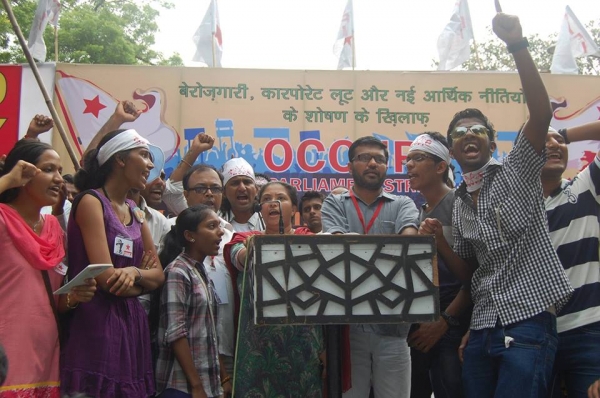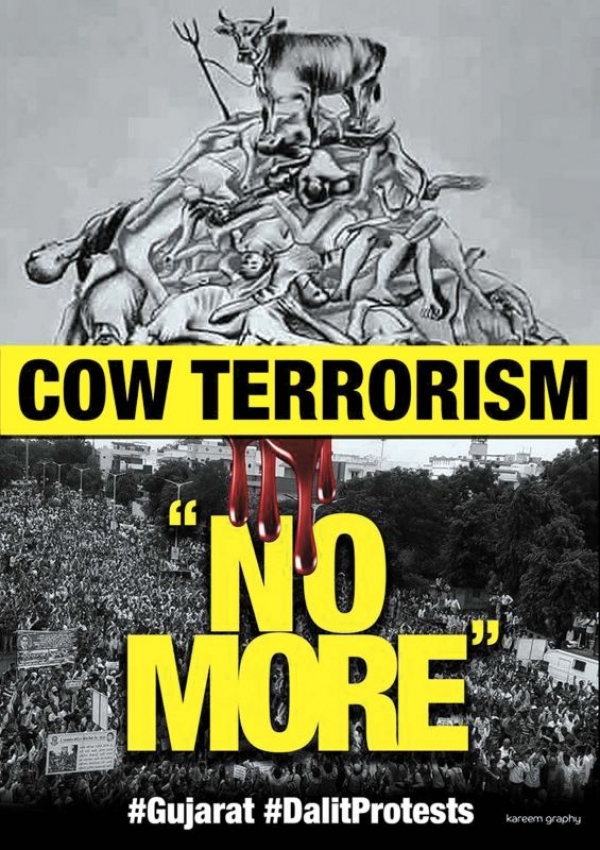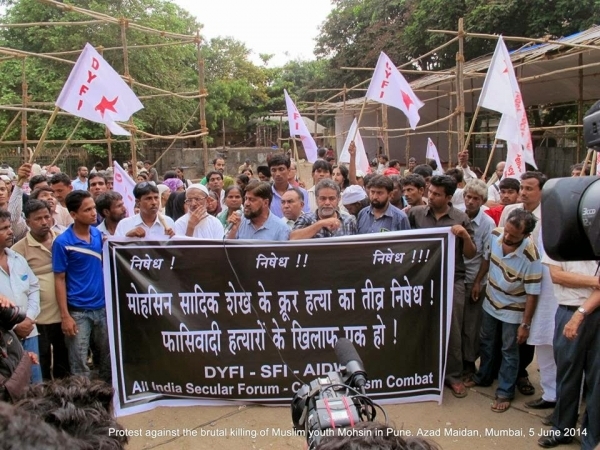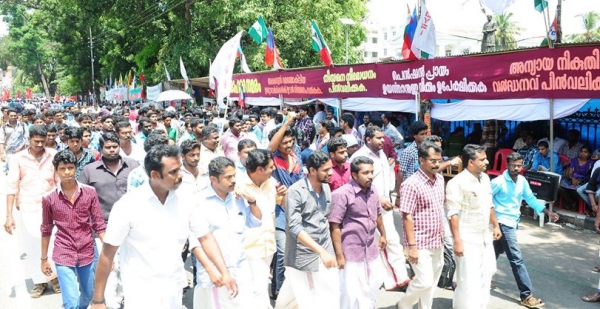AGAINST INFLATION AND PRICE RISE
The UPA government has utterly failed to check inflation and spiraling prices of essential commodities. Food prices in India have sky-rocketed over the past few years compared to the general price increases greatly harming the people.
Prices of food items like pulses, vegetables, fruits, edible oils, sugar, milk, eggs, meat and fish have witnessed very steep increases, causing great hardships to the youth of the country who is facing the brunt of such drastic increase in prices of essential commodities while the percentage of unemployed youth in country is also enormously exceeding all the past records.
The neo-liberal food policies of the government are responsible for high food inflation. Hoarding of food items, speculative futures trading, faulty export policy and the penetration of big corporate in the food chain combined with stagnant productivity and low growth in agriculture have contributed to spiraling food prices.
The annual WPI inflation rate was at 9.1 per cent in November 2011, though it decreased slightly to 6.55 per cent in January 2012. Food inflation has been over 10 per cent for a record 38 months between September 2008 and October 2011. Such a prolonged period of double digit food inflation is unprecedented in the post-independence period. Indian consumer price inflation is the highest among all G-20 countries
Following the deregulation of petrol prices, successive hikes have taken the price of a litre of petrol in Delhi from Rs. 40 in 2009 to over Rs. 65 in 2011. The Central Government continues to levy a high level of taxes on petro products. The hikes in prices by Rs. 3 per litre for diesel, Rs. 2 per litre for kerosene and Rs. 50 per cylinder for LPG in 2011 have also contributed to inflation.
Urea prices have been hiked by 20 per cent since 2010 and it is being sold at black market prices. With the decontrol of non-urea fertilizer prices, DAP and MOP prices have increased by over 100 per cent since 2010. Rise in agricultural input prices have directly contributed to cost-push inflation. Rather than controlling input prices, the government is intent on cutting subsidies on fuel and fertilizers which will further fuel inflation and price-rise. The government has allowed a sharp depreciation of the rupee without timely intervention. This has added to inflationary pressures because India has to import oil and fertilizers.
The UPA government has consistently refused to accept the DYFI,s demand for a rollback of the hikes in the prices of petroleum products; ban on speculative futures/forward trading in essential commodities; release of the excess food stocks held in Central godowns to the states at BPL prices for sale through the Public Distribution System; and to strengthen the PDS by making it universal. These measures would have gone a long way in arresting the relentless price rise but the UPA government openly working in the interest of the big corporate is continuously implementing the anti-people, anti-youth polices.
Against this neo-liberal onslaught and anti-people anti-youth polices of the UPA government which are responsible for the high inflation and record price rise of the essential commodities,mass struggles need to be unleashed by organizing the youth of the country under the banner of DYFI. This 9th All India Conference gives a call to further intensify the ongoing fight agaist inflation and price-rise.




 Central Executive Committee
Central Executive Committee









Comments on Post (4)
Mason Gray
Many communities in the disease zones have inadequate sanitation that allow frequent trash piles and open sewers to serve as mosquito breeding and feeding grounds, according to the final outcome statement from the Aedes aegypti summit last month.
Johny Elite
Lorem ipsum dolor sit amet, consectetur adipiscing elit. Nam viverra euismod odio, gravida pellentesque urna varius vitae, gravida pellentesque urna varius vitae.
Rog Kelly
Lorem ipsum dolor sit amet, consectetur adipiscing elit. Nam viverra euismod odio, gravida pellentesque urna varius vitae, gravida pellentesque urna varius vitae.
James Warson
Many communities in the disease zones have inadequate sanitation that allow frequent trash piles and open sewers to serve as mosquito breeding and feeding grounds.